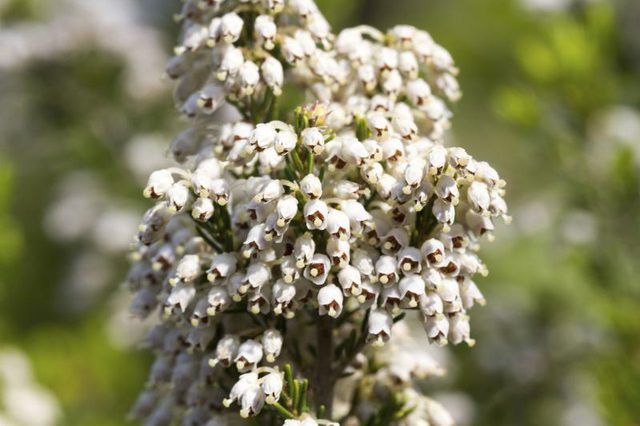Bulbs
Flower Basics
Flower Beds & Specialty Gardens
Flower Garden
Garden Furniture
Garden Gnomes
Garden Seeds
Garden Sheds
Garden Statues
Garden Tools & Supplies
Gardening Basics
Green & Organic
Groundcovers & Vines
Growing Annuals
Growing Basil
Growing Beans
Growing Berries
Growing Blueberries
Growing Cactus
Growing Corn
Growing Cotton
Growing Edibles
Growing Flowers
Growing Garlic
Growing Grapes
Growing Grass
Growing Herbs
Growing Jasmine
Growing Mint
Growing Mushrooms
Orchids
Growing Peanuts
Growing Perennials
Growing Plants
Growing Rosemary
Growing Roses
Growing Strawberries
Growing Sunflowers
Growing Thyme
Growing Tomatoes
Growing Tulips
Growing Vegetables
Herb Basics
Herb Garden
Indoor Growing
Landscaping Basics
Landscaping Patios
Landscaping Plants
Landscaping Shrubs
Landscaping Trees
Landscaping Walks & Pathways
Lawn Basics
Lawn Maintenance
Lawn Mowers
Lawn Ornaments
Lawn Planting
Lawn Tools
Outdoor Growing
Overall Landscape Planning
Pests, Weeds & Problems
Plant Basics
Rock Garden
Rose Garden
Shrubs
Soil
Specialty Gardens
Trees
Vegetable Garden
Yard Maintenance
Facts About Rabbit Tobacco Plants
Facts About Rabbit Tobacco Plants . Rabbit tobacco (Pseudognaphalium obtusifolium) goes by many common names, including sweet everlasting, fragrant cudweed and cat's foot. It is a common sight across the eastern United States, where it grows in fields, prairies and open woodlands. Although seldom seen in gardens, rabbit tobacco possesses many...

Rabbit tobacco (Pseudognaphalium obtusifolium) goes by many common names, including sweet everlasting, fragrant cudweed and cat's foot. It is a common sight across the eastern United States, where it grows in fields, prairies and open woodlands. Although seldom seen in gardens, rabbit tobacco possesses many traits that lend it to ornamental horticulture uses, including its striking appearance, fragrance and ability to attract pollinating insects.
Physical Characteristics
The most distinguishing and attractive feature of rabbit tobacco are its flowers, which form dense inflorescences of pearly white, 1/4-inch-long heads from midsummer until autumn. The flowers form primarily on the top of the plant, where they tower above the slender, 1- to 3-inch-long leaves. Rabbit tobacco plants range in height from 4 to over 30 inches, depending on their growing conditions, but all have a branching, somewhat rangy growth habit that may require staking in a garden setting.
Growing Requirements
As an annual, rabbit tobacco must be started from seed each year to maintain it in a garden setting. The seeds germinate best in spring, although they can also be started in autumn in mild-winter climates. Full sun exposure is best when growing rabbit tobacco because it promotes a compact growth habit and more vigorous blooming, but it will withstand light shade with little trouble. Moderately dry, fast-draining soil is also required to ensure its health and attractive appearance, although it benefits from occasional watering during hot weather.
Garden Uses
The versatility and ruggedness of rabbit tobacco allows it to fill many roles in the garden. Its height and airy appearance lend its use to background plantings in wildflower beds, where its cream-colored flowers will help tone down more brightly colored flowers. Pollinators such as the American painted lady butterfly (Vanessa virginiensis) flock to its subtly sweet, maple syrup-scented flowers, where they feed, breed and pupate during the summer months. The flowers also dry well, making them a desirable addition to late-season gardens and an ideal addition to dried flower arrangements.
Name Origins
Rabbit tobacco was once classified under the scientific name Gnaphalium obfustifolium, which roughly translates to "woolly blunt-leaf." The name refers to the plant's fuzzy flowers and rounded foliage, which are its two most distinctive physical characteristics. Today, it is classified as Psuedognaphalium obfustifolium, which translates to "false woolly blunt-leaf" because it lacks certain unifying features with other members of the genus Gnaphalium. However, old habits die hard, and many nurseries still use the earlier scientific name.